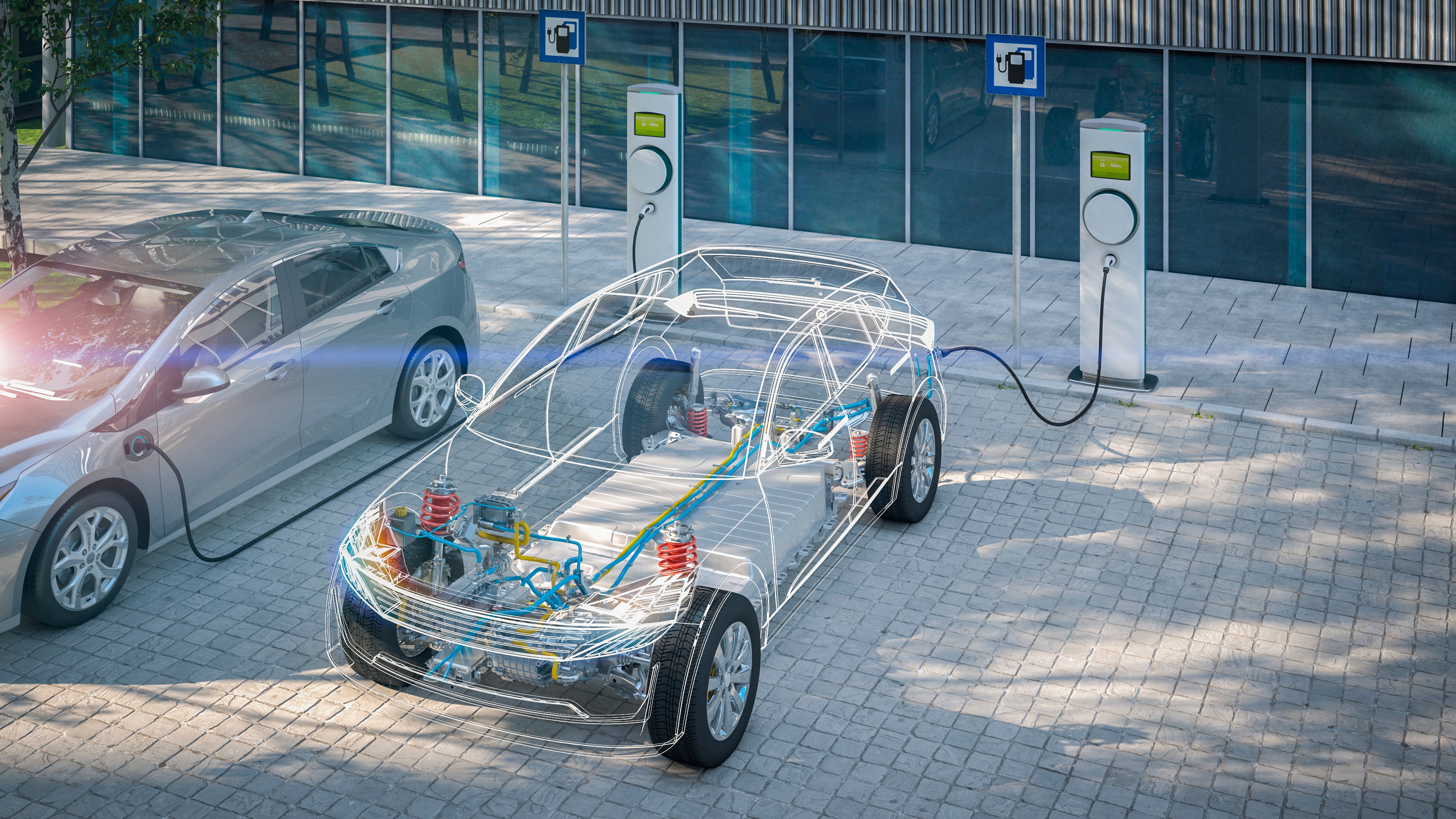Vehicle technology company BorgWarner (BWA 0.29%) certainly had an eventful first quarter: end-market declines, tariff impacts, supplier bankruptcies, and the announcement of restructuring plans that will impair earnings growth in the near term. However, you shouldn't conclude it's all bad news, because the company kept up its impressive track record of outperforming its end markets, and a large part of the reason for restructuring is to support future growth. Let's take a closer look at the details from the quarter.
BorgWarner first-quarter earnings: The raw numbers
Starting with the headline numbers from the quarter:
- Net sales of $2.57 billion came in above the high end of guidance of $2.44 billion to $2.5 billion but declined 3.3% year over year on an organic basis.
- Adjusted EPS of $1 came in above the high end of guidance of $0.92 to $0.96 but declined 9% from the $1.10 reported in the same period last year.
As you can see, revenue and earnings fell in the first quarter largely as a consequence of declining global light-vehicle production. That much is easy to understand, but here's the tricky bit, or rather the three tricky bits.

Image source: Getty Images.
Three factors to consider
First, CEO Frederic Lissalde outlined that BorgWarner's global light-vehicle production (weighted for the company's geographic exposure) declined 5.2%, but the midpoint of BorgWarner's assumption going into the quarter was for a 6.2% decline. That's the good news.
In more good news, once again, BorgWarner outperformed its end market in the quarter, but there was some regional variance. BorgWarner's management measures its "outgrowth" as "our organic revenue change versus the market," so because organic revenue declined 3.3% compared to a production market decline of 5.2%, the company had a relatively good quarter -- at least according to management's measures. However, BorgWarner performed relatively better in Europe and North America and worse in China.
Specifically, China revenue declined in the "high teens" compared with a market down in the "mid-teens," according to Lissalde on the earnings call. However, the company's European revenue was down 1% compared with a market down 5.5%. BorgWarner's North American revenue was flat year over year, compared with a 2.5% market decline.
But here's the bad news: BorgWarner's profit declined more than you might expect given the sales decline. VP Tom McGill discussed the matter during the earnings call. Excluding foreign currency movements, BorgWarner's sales were down $91 million in the quarter, but its operating income (on a constant currency basis) fell $29 million, or 32% of the sales decline. However, management's usual expectation is for a so-called decremental margin of 20% -- a figure that would have yielded a more favorable $18.2 million decline.
Where did the $11 million shortfall go? McGill argued that it "can be explained by tariff-related costs, supplier bankruptcy costs in Europe, and timing of costs related to a new business launch later in 2019."
Putting all this together, BorgWarner's end markets were relatively better than expected, and its sales outperformed end markets, but its profit wasn't as good as you might expect under the circumstances.
Guidance mixed
Some of the issues are going to extend into the second quarter. McGill noted, "As with the case in Q1, the Q2 results will be impacted by tariffs and supplier bankruptcy costs." In addition, margin in the second quarter will be hit by relatively higher research and development spending -- even though full-year R&D is still expected to be around 4% of sales.
All told, management maintained its full-year guidance for organic sales growth to be in the range of a 2% increase to a 2.5% decline, with adjusted EPS in the range of $4 to $4.35.
Thinking further ahead, management outlined a plan to reduce annual structural costs by some $40 million to $50 million over the next couple of years, but this will result in "restructuring expenses in the $80 million to $100 million range through the end of 2020," according to Lissalde on the earnings call.
However, the cost savings won't drop into the bottom line. As Lissalde said, "We expect to use savings to increase our R&D spending as a percentage of sales without negatively impacting our overall operating margins." The idea is that it will support new business development, particularly in hybrid and electric vehicles.
Looking ahead
Investors will be hoping BorgWarner meets its 2019 targets, even as the second quarter is set to look weak. From an end-market perspective, all eyes will be on how global light-vehicle production pans out in 2019, but investors will also be monitoring the company's margin outlook and progress on contract awards -- something BorgWarner needs to justify using future cost savings to fund an increased level of research and development spending.






